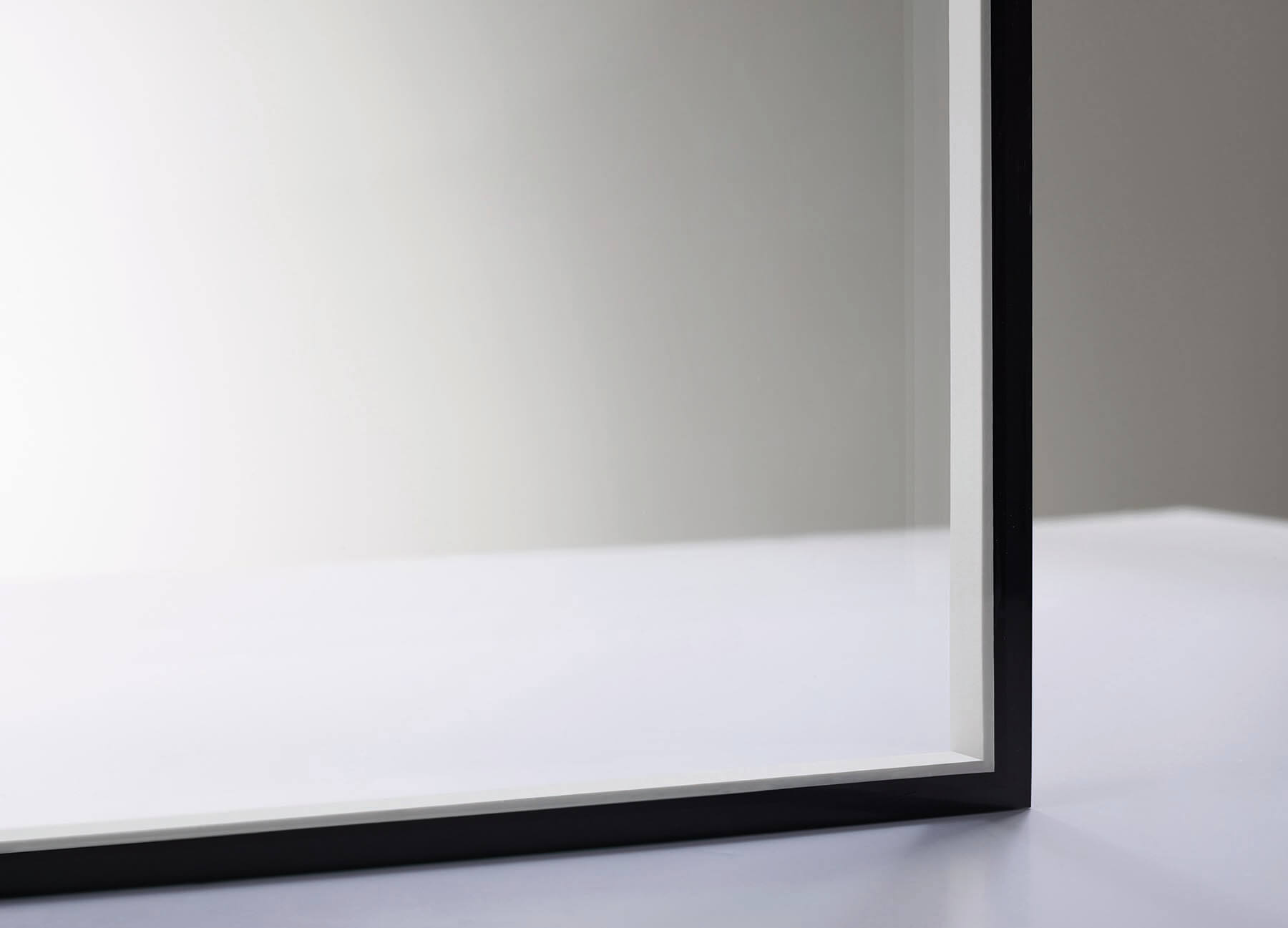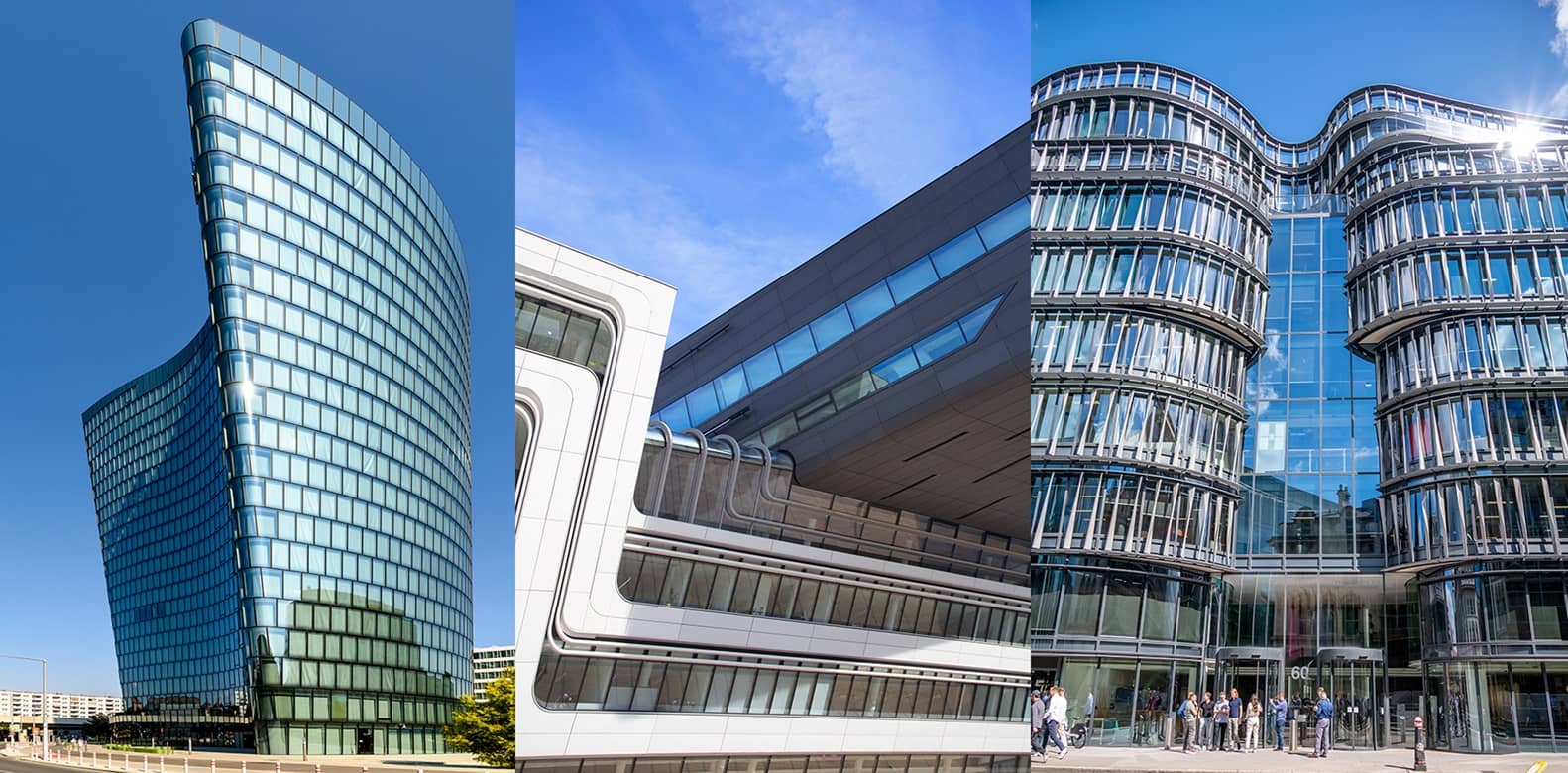Sign-In or Create an Account to find your purchasing solution
Become a registered Edgetech partner to start using our latest insulating technology in your glazing systems.
Tel: +44 02476 639931
Email: ukenquiries@edgetechig.com
Orders: ukorders@edgetechig.com
 At the edge-of-glass, spacer, sealants and frame geometry converge. A warm edge spacer reduces thermal bridging at this junction, helping improve perimeter ψ-values and contributing to better whole-window Uw when modelled correctly. In practice, that supports UK compliance goals and reduces the likelihood of edge-related issues that drive service work. This is consistent with Edgetech’s warm-edge positioning across commercial and residential applications.
At the edge-of-glass, spacer, sealants and frame geometry converge. A warm edge spacer reduces thermal bridging at this junction, helping improve perimeter ψ-values and contributing to better whole-window Uw when modelled correctly. In practice, that supports UK compliance goals and reduces the likelihood of edge-related issues that drive service work. This is consistent with Edgetech’s warm-edge positioning across commercial and residential applications.
When you prepare EN ISO 10077-2 (or equivalent) models:
Spacer thermal conductivity (λ, W/m·K): Use the spacer system’s declared value. Lower λ typically reduces conductive edge losses.
Perimeter linear thermal transmittance (ψ, W/m·K): Model at the frame–glass–spacer junction; improvements here influence Uw even with the same centre-of-glass.
Cavity width & gas fill: (e.g., 12–20 mm; argon/krypton) interact with spacer choice and frame section to affect ψ.
Frame/rebate geometry: Maintain frame-specific inputs; ψ is sensitive to section details.
Low-E and warm edge together: Warm edge helps protect thermal gains at the perimeter.
Edgetech’s trade materials and case notes emphasise modelling and compliance rather than generic claims; keep your calculations frame-specific and backed by the system’s data pack.
EN 1279 series (IGU durability): Seek evidence covering gas retention, moisture penetration and fogging at the system level (not just raw materials). Edgetech regularly references EN 1279 in customer testing and support communications.
EN ISO 10077-2 (component modelling): Use for ψ inputs to whole-window Uw.
Production control & traceability: Keep spacer/sealant/desiccant batch logs and in-process checks aligned to your EN 1279 production plan.

You’ll encounter these warm-edge families in Edgetech’s range and broader specifications:
Flexible/foam bar systems: Low λ, bar-bending or corner-key assembly; compatible with PIB primary and typical secondaries.
Thermoplastic Spacer (TPS): Applied as a continuous bead; automation-friendly with consistent bead geometry.
Foil-backed polymer bars: Hybrid constructions balancing handling and conductivity.
Select on: automation route (bendable bar, roll-form, TPS), declared λ/ψ targets, sealant chemistry, bend radius/corner options, and your QC regime. This mirrors how Edgetech positions Super Spacer®, TriSeal™ and T-Spacer™ across different project requirements without forcing a consumer narrative.
Line setup & handling
Store spacer stock within recommended RH/temperature; keep glass/sealant substrates clean and dry.
Bar systems: Verify minimum bend radius and corner-key tolerances; avoid micro-cracking at bends.
TPS: Calibrate feed rate, application temperature and pressure; check bead continuity and geometry.
Sealing & desiccant
PIB primary: Control bead width, temperature and adhesion; avoid voids/contamination.
Secondary seal: Follow cure windows and validate bond-line thickness and corner fill.
Desiccant loading: Dose to specification; confirm activity/distribution in QA sampling.
Gas & moisture control
Time gas fill appropriately; verify retention via periodic tests aligned to EN 1279.
Manage MVTR risks with storage and process discipline.
Documentation & testing
Log spacer type, batch/lot, cavity, gas fill %, sealant lots and cure times.
In-process checks: bead continuity, corner integrity, dimensional checks (sightline, bite, thickness), visual/fogging checks per plan.

Building Regulations (Part L): Better perimeter ψ makes it easier to reach target Uw without over-specifying elsewhere (frame/glass).
BFRC/WER pathway: Strong ψ inputs can support label improvements where the overall system is close to a threshold; Edgetech references EN 1279/BFRC alignment in trade comms.
Project submittals: Package spacer λ, ψ outputs and EN 1279 evidence in a single technical pack for faster approvals.
The difference in thermal performance between warm edge spacers and traditional aluminum spacers is significant. Aluminum, a highly conductive metal, contributes to heat loss, making it less energy-efficient compared to modern alternatives. Here’s a comparison table illustrating the key differences:
|
Feature |
Aluminum Spacer Bars |
Warm Edge Spacer Bars |
|
Thermal Conductivity |
High |
Low |
|
Energy Efficiency |
Lower |
Higher |
|
Condensation Risk |
Higher |
Lower |
|
Cost |
Lower (Initial) |
Higher (Initial) |
|
Long-Term Savings |
Lower |
Higher |
Warm edge spacers outperform aluminum spacers in terms of thermal performance due to their low thermal conductivity. This results in reduced heat transfer, leading to higher energy efficiency, lower energy bills, and a more comfortable indoor environment.
However, this superior performance comes at a slightly higher initial cost compared to traditional aluminum spacers. Despite the higher upfront cost, warm edge spacers offer significantly higher long-term savings through reduced energy consumption and lower heating bills, making them a more cost-effective choice over time.
Double glazing: Warm edge delivers high leverage at common cavities (e.g., 12–18 mm) and is widely used across Edgetech-served residential and commercial units.
Triple glazing: Spacer choice becomes more influential; warm edge helps maintain modelled performance at the perimeter in UK conditions (humidity/shoulder seasons).
How does spacer choice alter my EN ISO 10077-2 result?
Lower-conductivity systems generally improve perimeter ψ at a given frame section. Use the spacer’s declared inputs and your system geometry to quantify Uw impact.
Which sealants are compatible?
Warm edge systems typically use PIB primary with a polysulfide, PU or silicone secondary. Follow the supplier’s compatibility/cure guidance and your QA plan.
Can I upgrade without changing frames?
Yes — via sealed-unit replacement where rebate and sightline dimensions remain within tolerance.
What widths should I carry?
Commonly 8–20 mm. Align to your frame systems and cavity strategies; check MOQs and colour availability in Edgetech resources.
What documentation backs durability?
EN 1279 system evidence (gas retention, moisture, fogging) plus in-process QC/traceability. Edgetech highlights EN 1279 in trade news and technical materials.
Please fill out the form below to a find a local supplier. Once we've found you closest suppliers you will be able to contact them all.
Your enquiry has been successfully submitted. You should receive an email or callback with 24-48 hours.
Return to the homepage